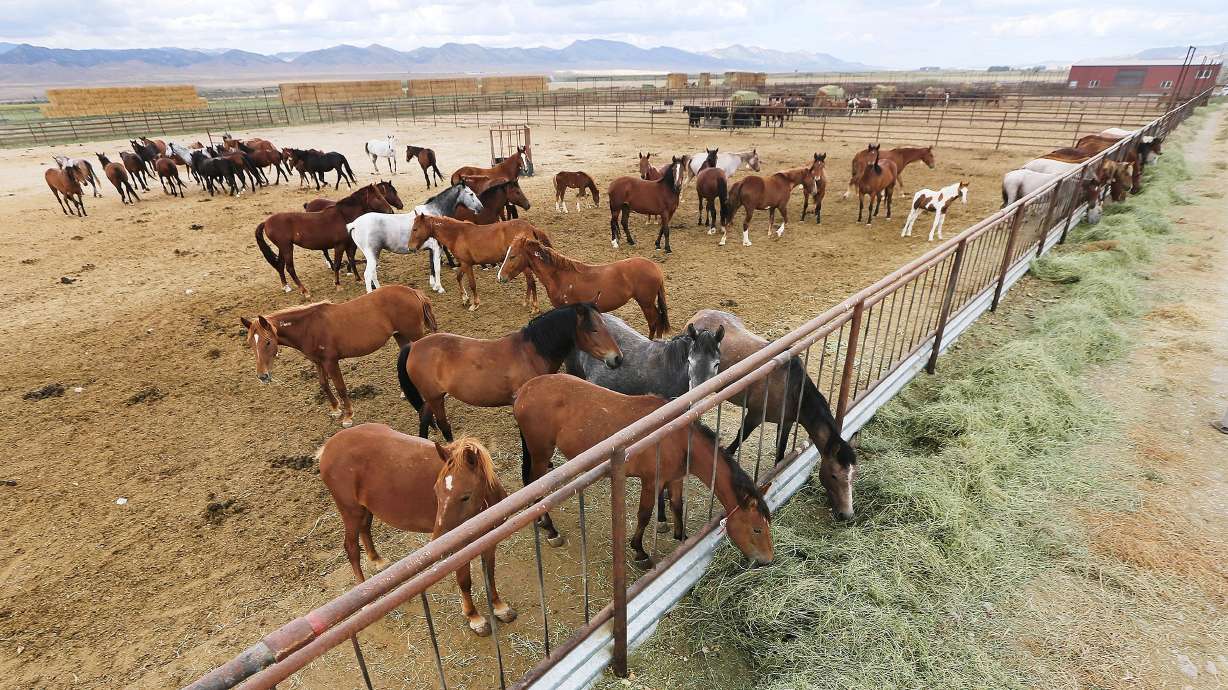Estimated read time: 2-3 minutes
This archived news story is available only for your personal, non-commercial use. Information in the story may be outdated or superseded by additional information. Reading or replaying the story in its archived form does not constitute a republication of the story.
SALT LAKE CITY — New federal information released concerning the deaths of 31 burros from Nevada being held in a Utah facility under contract with the Bureau of Land Management show the animals died from a disease in the blood which causes too much fat — sort of like having high cholesterol.
The American Wild Horse Campaign submitted a Freedom of Information Act request regarding the August and September deaths at Axtell, Utah, and just recently received some information that provides details into the demise of the burros, of which a total of 45 perished between Aug. 9 and Sept. 27.
Grace Kuhn, communications manager of the American Wild Horse Campaign, said the majority of deaths of the 31 burros happened within a 10-day span and was due to lipemia/hyperlipidemia, medical records show. That is a blood disease that can be brought on by lack of eating, something the campaign believes happened because the animals were stressed.
The records also show that six burros died from hemorrhaging during gelding and four were euthanized for reasons such as no teeth or colic.
Deaths of horses in BLM-managed facilities are a concern to the campaign, which argues ramped-up fertility treatment should be the primary option for managing wild horse and burro populations, not range gathers.
It pointed to the deaths of more than 145 wild horses at the Canon City holding facility as evidence BLM strategies aren't working.
Such disease outbreaks among equines are not uncommon among those held in close quarters or even those animals that are domesticated and come in contact with horses under the care of another stable.
The campaign runs its own fertility campaign for wild horses on private land in Nevada and says its program has proven successful to keep the herds under control.
"These devastating burro deaths expose the glaring problems of the BLM's Wild Horse and Burro Program," said Amelia Perrin, the campaign's investigations manager. "Tragedies like this continue to prove that the West's burros and horses are safer in the wild — and the deaths don't stop once the helicopters do."
She added: "The agency must stop its reliance on roundups and holding facilities and instead, prioritize humane fertility control to manage wild herds on the public lands where they belong."
The BLM says many wild horses and burros exist in terrain that is too rugged for the agency to adopt a widespread practice like the campaign's, although it does use some fertility control measures on some of the herds under its purview.
The campaign said it has requested additional records related to the burro deaths in Utah.









